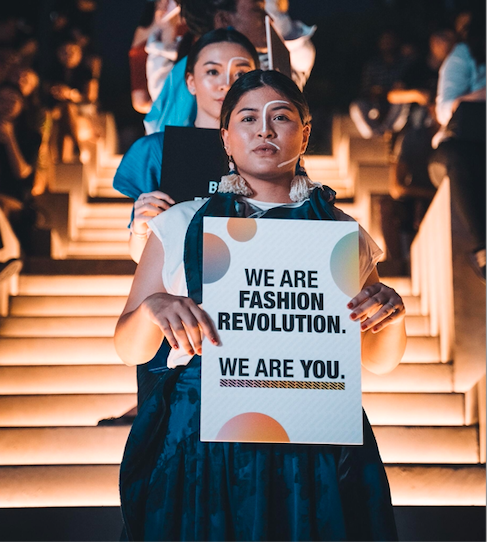From November 1st to the 12th 190 heads of state will meet in Glasgow to talk about climate change: fashion will be at the centre of the discussion.
In the fashion world decarbonization has started to be talked about as one of the most useful tools to reduce CO2 emissions and, consequently, to fight the increase of temperatures. The industry accounts for 10% of global carbon emissions and predictions for the future are worse. The efforts made so far have not been – and still are not – sufficient. The Fashion Transparency Index 2021 points out that brands that have achieved an average transparency score are only 23%. So what can be done to make fashion truly sustainable?
To achieve significant improvements and a truly impactful strategy, sustainability should involve the entire fashion supply chain, not just a few sporadic actors. Strategic decisions have to be influenced by an ecological approach, which is aimed at reducing emissions, for once leaving aside merely marketing reasons.
To begin with, it would be enough to favour the use of either or both sustainable and recycled materials, ecological packaging and to reduce production waste: these are activities that Maglificio Pini carries out with proud. A long time ago we decided to use completely biodegradable bags, discarding the plastic ones; we are part of the advanced integrated zero waste supply chain Re.Verso and partners of Green Line. We are also highly specialized in the use of recycled and sustainable yarns and we are working to implement our Corporate Social Responsibility.
“Transparency underpins transformative change”, can be read on the Fashion Transparency Index, “But unfortunately much of the fashion value chain remains opaque, while human and environmental exploitation thrives with impunity. “

